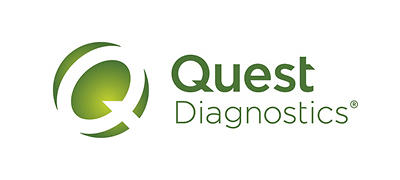When TT is out of range in a patient receiving TRT, many physicians think there is a problem with the assay, but that is rarely the cause. If the same sample is sent to other reference labs or the test is repeated inhouse using the same or other technologies, the results are most of the times within an acceptable margin of difference. Problems are usually caused by the timing of blood test collection, patient compliance (eg, unpredictably using the medication), or the dose, formulation, or absorption of T prescribed.
Most US men with hypogonadism receive intramuscular (IM) T esters (enanthate or cypionate) or gels for treatment. If the recommended doses of these formulations are used and T levels are monitored at the appropriate times (see Question 8), most men reach a therapeutic range and only minor dose adjustments are needed. Before changing the dose administered, some experts recommend measuring TT twice.22
No T formulation exists specifically for women; thus, female patients are more likely to develop supraphysiologic levels of TT. In almost every case, the reason is due to high doses and the use of compounded formulations that are absorbed inconsistently. The International Society for the Study of Women’s Sexual Health recommends daily doses 1/10 that of a man.13
Because transgender men are generally smaller, they are also more likely than cisgender men to develop supraphysiologic concentrations of TT. For this reason, this group of patients should receive approximately 50% to 75% of the dose prescribed to cisgender men.21
Other more rarely used formulations of T, such as oral or subcutaneous pellets, buccal or intranasal sprays, and extra-long acting IM esters, are also associated with the risk of developing supra- or sub-physiologic TT concentrations.





